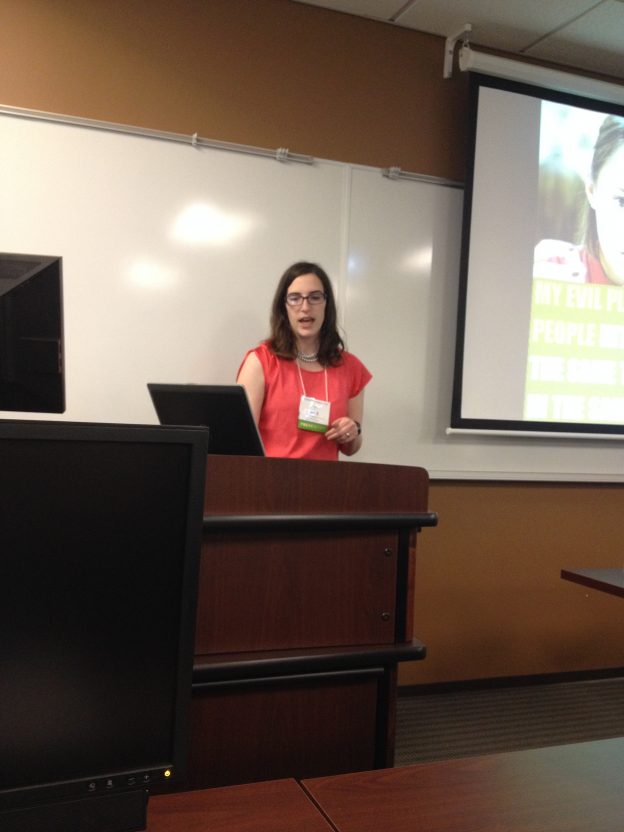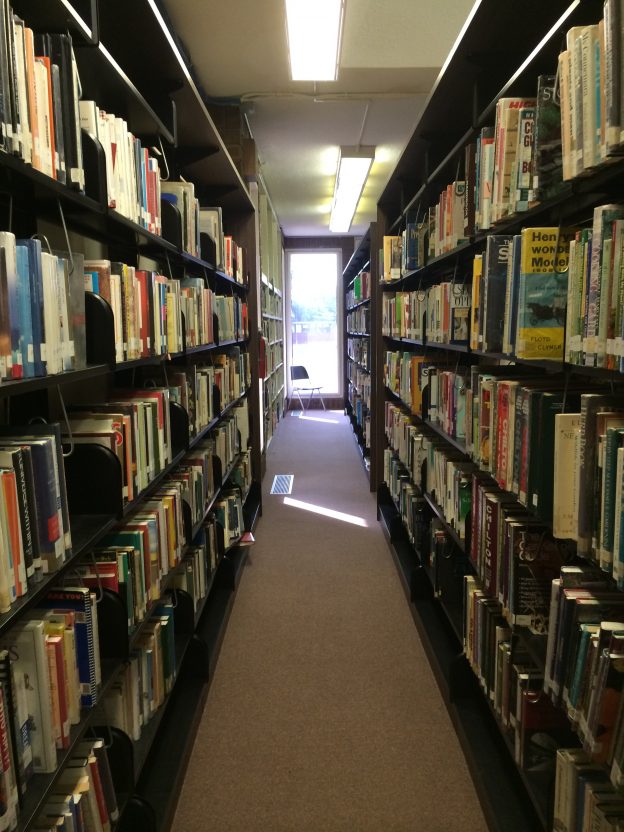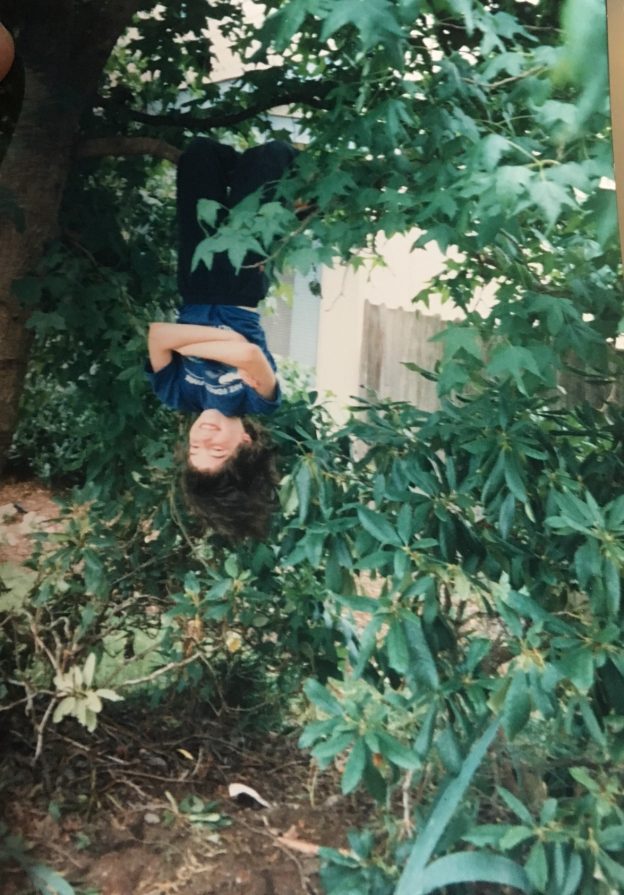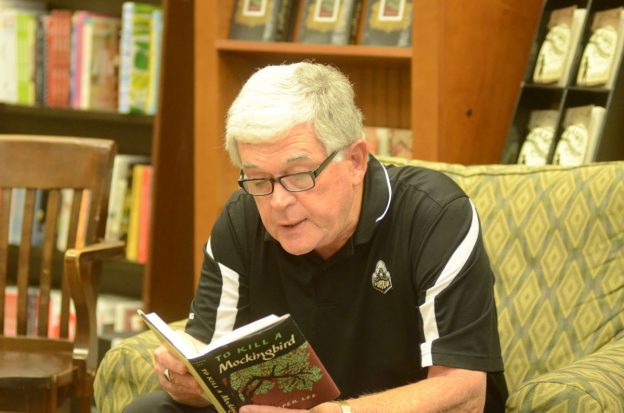I work on at a university library that is often very innovative. I am a naturally innovative person. I have IDEAS ALL THE TIME. Because I am a really odd person, and because I tend to question authority (e.g. I just don’t like being told what to do), I often end up doing various innovative things.
So let’s say you have an idea. You start looking around and see that other people haven’t done it. You have a lot of respect for other people. Other people, as a rule, are generally collective smarter than you.You immediately think that there must be something very wrong with idea. I mean people are generally smart. Why have they not done this thing before? This idea must be a bad idea. But maybe you revisit the idea you had because when you bring it up to other people, it seemed like people haven’t done it yet. It seems like maybe people have intentionally not done this thing. That is after all the main reason much work doesn’t get done, because people aren’t stupid enough to do it. You feel at once very stupid and very uncertain.
This is a blog post about what it feels like to do innovative things, because I think that they way that people often talk about innovative thing is very different than how I experience them. Innovation always looks very exciting, like people are about to discover the cure for cancer any minute or invent the next thing everyone is addicted to. Innovative people are always shown as being very confident and usually very popular, and usually men. [i]
This is how innovation often feels to me: lonely and a little scary. Being innovative is also often only something realized in hindsight. If you try something new and fail, is that still innovation. Some of the innovation I do is successful, some of it is definitive failure, but much of it in the murky, hard to tell middle. It’s hard to tell where innovative projects are going to end up. I’ve become aware from meeting various different people I know who I could classify innovative is innovative collective people are the least relaxed people I know.
Talking with innovative people, they often seem just as twitchy as me. It seems like when you look at media like being who are innovative always look like they are having a good time. People who are innovative often look so comfortable being there. Sometimes I think we don’t want to discuss how lonely and disorienting innovation can be. There’s an incredible fear in innovative work. We only feel comfortable talking about that fear if innovation is successful, but innovation is risky. If we keep talking about being innovative like it’s all confidently men yelling “eureka!” we may lose some of our most innovative people.
So to all innovative people, I can now confidently say, I have no idea if any of my ideas will work either. I don’t know the future. I’m scared some of them won’t work out. But I keep trying because we are more than fear. We are bright lights. We are progress.







